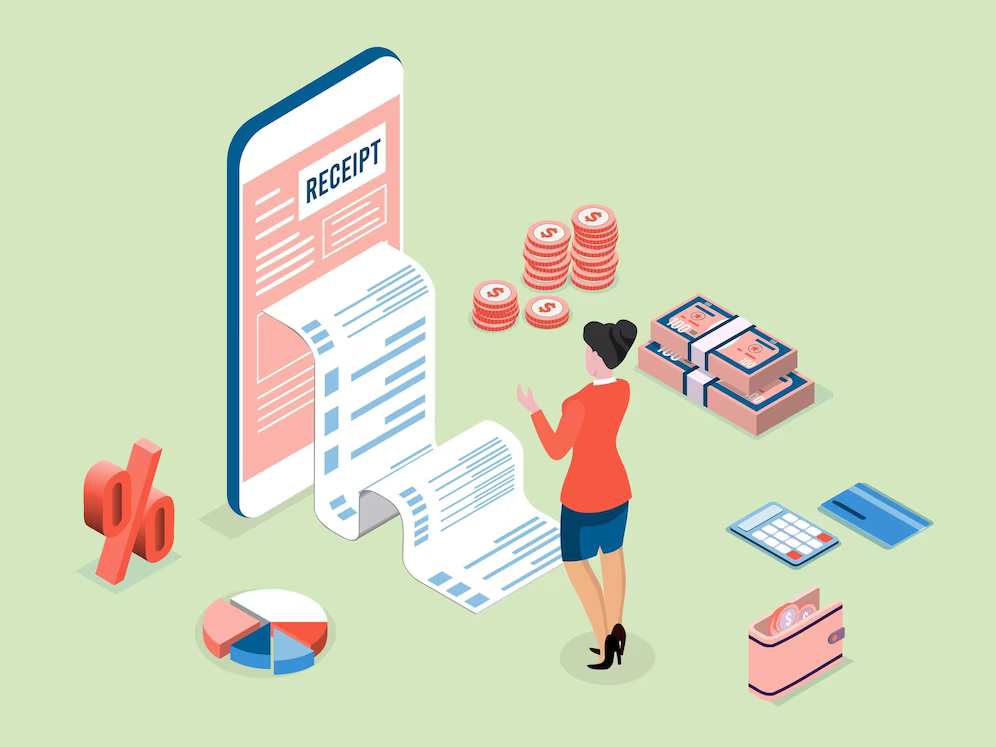In running a business—anywhere in the world, including South Africa—understanding the difference between a quote and an invoice is essential for clear communication, smooth operations, and reliable cash flow.
This guide will walk you through:
- What quotes and invoices are
- When and how to use each
- Best practices for both
- How ProInvoice helps streamline the entire process
If you’re a freelancer or small business owner looking for a better invoicing experience, try ProInvoice for free and start sending professional quotes and invoices in minutes. Ready to simplify your workflows? Sign up here.
1. What Is a Quote?
A quote (also called a quotation or estimate) is a preliminary document issued to prospective clients that outlines the services or products you intend to provide, along with estimated pricing and terms. It is sent before any agreement is finalized.
Key elements of a quality quote:
- Your business name and branding
- Client’s details
- Scope of work or list of deliverables
- Estimated cost with a breakdown
- Terms of work (e.g., validity period, terms for changes).
Why Quotes Matter for South African Businesses
In the dynamic South African market, where clients may compare multiple providers, a clear, professional quote helps you stand out, reducing misunderstandings and building trust. Whether you’re contracting for web services in Pretoria or designing a logo for a Cape Town startup, providing a clear breakdown increases your conversion rate.
2. What Is an Invoice?
An invoice is a formal billing document issued after services have been delivered or products supplied. It requests payment, specifying exactly what was provided and the amount owed.
Typical invoice components:
- “Invoice” title with a unique number
- Both business and client details
- Itemized list of delivered goods/services
- Total payable amount, including applicable taxes
- Payment terms and due date.
Invoices are generally binding and essential for accounting, taxation, and legal purposes.
3. Quote vs Invoice: Side-by-Side Comparison
| Feature | Quote | Invoice |
|---|---|---|
| Purpose | Estimate cost before sale | Request payment after sale |
| When Issued | Pre-sale / proposal stage | Post-delivery of goods/services |
| Legality | Often non-binding (unless accepted) | Binding—serves as legal payment request |
| Content | Estimated costs, scope, validity | Final prices, taxes, payment terms, invoice number |
| Impact | Helps client decide | Drives actual revenue collection |
Understanding this distinction ensures better client communication and smoother billing flows
4. Best Practices for Using Quotes
- Include vital details: list deliverables, expected costs, validity period, and terms for changes or additional work.
- Keep quotes professional: use clear branding and consistent layout to boost credibility
- Set realistic deadlines: provide a quote quickly to maintain client interest (ideally within 24 hours).
- Handle scope changes: clearly define how additional work will be quoted and billed later
5. Best Practices for Using Invoices
- Maintain consistency: Ensure the invoice matches the accepted quote in scope, descriptions, and pricing
- Include all essential information: invoice number, date, client info, descriptions, totals, taxes, and due dates.
- Be prompt: Send invoices immediately after delivery to accelerate payment
- Communicate delays or changes clearly: Adjust the invoice if the final costs differ from the quote, with clear explanations
6. Why It Matters: South African Business Context
Misusing quotes and invoices can lead to:
- Misaligned client expectations
- Payment delays or disputes
- Cash flow bottlenecks—critical in businesses managing tight budgets
- Errors in tax filings or audits
A 2025 study underscores that precision in these documents improves billing speed, client trust, and overall financial flow.
7. How ProInvoice Streamlines the Quote-to-Invoice Journey
With ProInvoice, creating professional quotes and invoices is fast and straightforward:
- Build branded templates for both quotes and invoices
- Convert quotes into invoices with one click—ensuring consistency in descriptions and pricing
- Send documents instantly via email or download PDF versions
- Track payment status with reminders, reducing follow-up stress
- Export records for accounting, making reconciliation smoother
It’s a complete quote-to-cash solution—built for solopreneurs and established firms alike.
8. Real-World Example: Marketing Consultant in Johannesburg
- Quote – Issued for a campaign: broken-down costs, scope, and a two-week validity
- Client Approval – Confirms scope and pricing
- Delivery – Consultant completes the campaign
- Invoice – Generated from the quote template, including final deliverables and due date
- Payment Tracking – ProInvoice reminder sent before due date; reconciled once paid
This workflow takes minutes, keeps records tidy, and avoids billing mistakes.
Final Thoughts
Quotes and invoices may appear similar, but they serve distinct purposes and should be used strategically for clear communication, reliable payments, and professional finance management.
With tools like ProInvoice, South African freelancers and SMBs can seamlessly manage both—delivering polished quotes, accurate invoices, and happier clients.
Give your billing a boost—sign up for ProInvoice free today and experience simpler, smarter invoicing.













